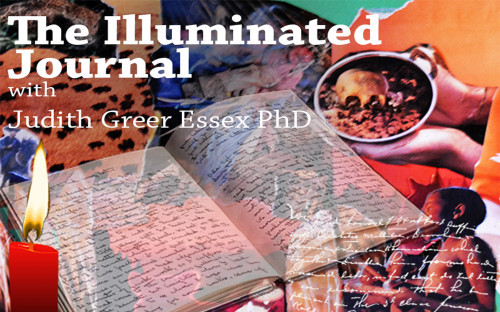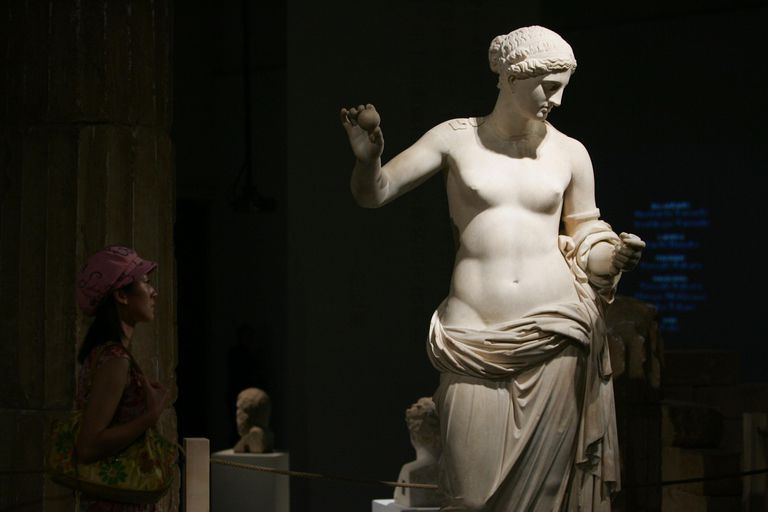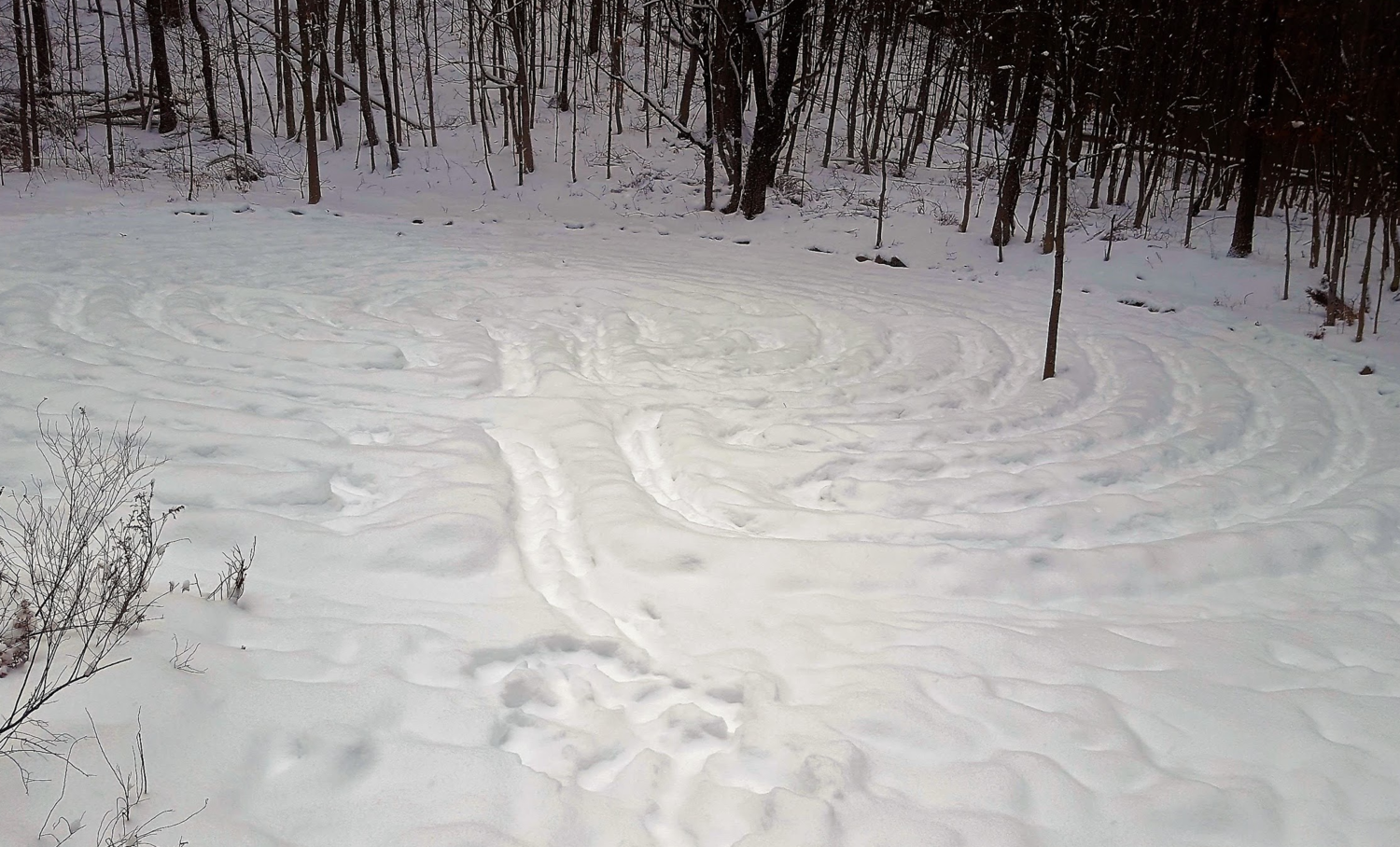A Recipe for Luck in 2018
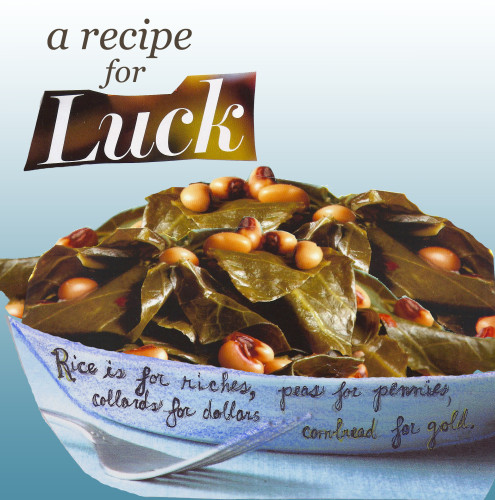
What’s cookin in 2018? Remember you are the chef… (collage Judith Essex)
|
It’s New Year’s Day. The Hoppin’ John is on the stove.
|
It’s a traditional Southern dish of black-eyes peas, onions, celery and ham. I add carrots and garlic. A humble, earthy dish, that is said to bring the diners good luck and fortune. Each of the black-eyes peas represents a coin. I only eat them this one time in a year, but this is the time that counts. It’s New Year’s Day that’s what makes the magic: the timing.
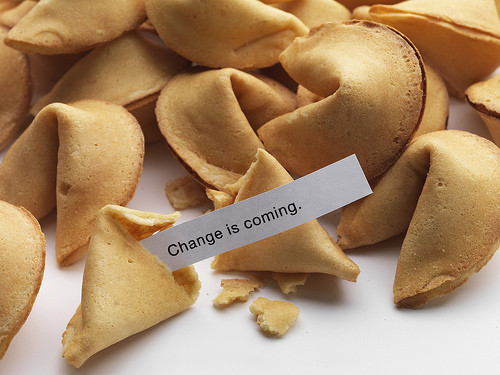
Sometimes, luck is all in how you perceive the surprising changes we each experience.
|
I believe we can make some of our own luck, but to do that takes a couple of steps. Step one is a clear-eyed look at what is…
|
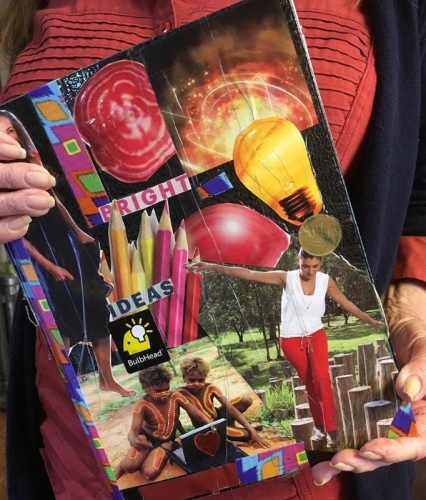
A journal is a wonderful silent partner, ready to hold and reflect your thoughts, feelings, and musings. I have numerous prompts that can show new paths to take_ new endeavors to try. (Journal cover Judith Greer Essex)
|
The next step is “Action.” It is almost impossible to grasp the degree of randomness that we live with. We strive our best to make each day look as much like the next as possible, thus keeping at bay the anxiety and fear that uncertainty brings us. …
|
This simple two-step recipe; appraise and take action, is a part of any expressive arts therapy process. To reflect and respond is both empowering and enlightening. Occasionally, we are offered a free lunch. By all means take it! But the luck you make is more dependable and more satisfying.
